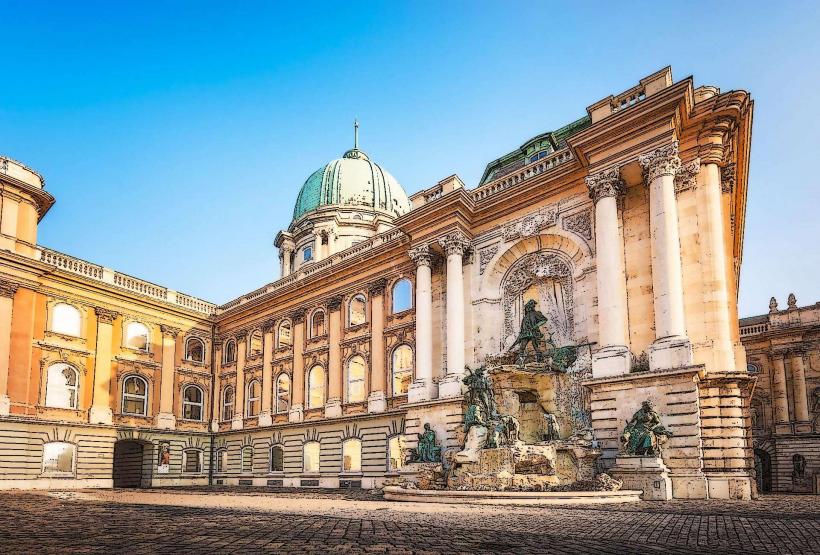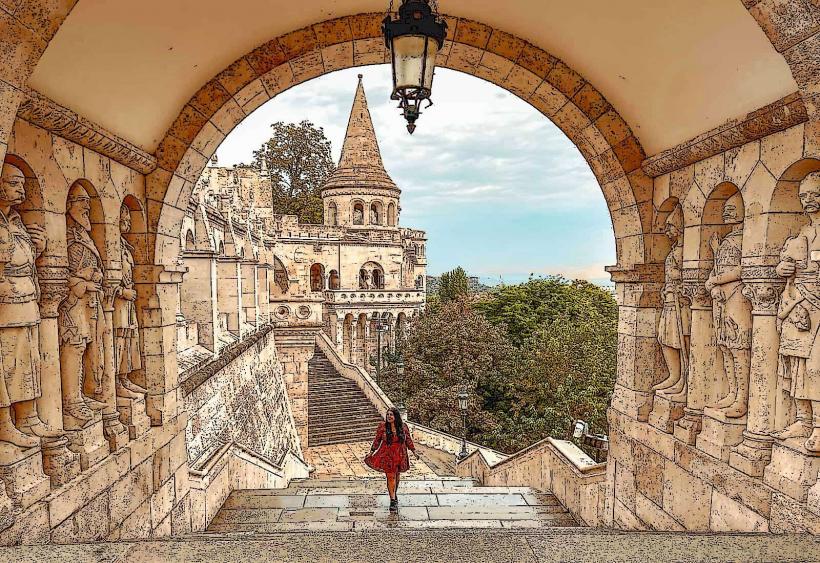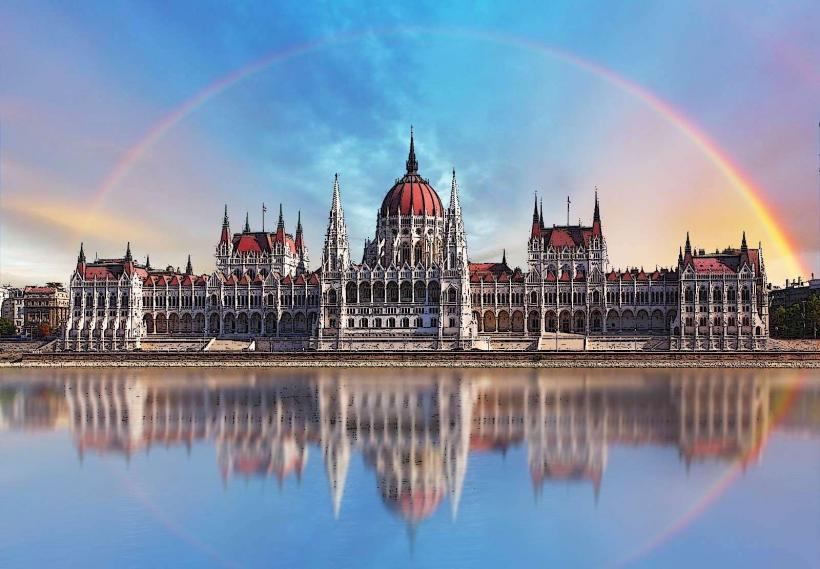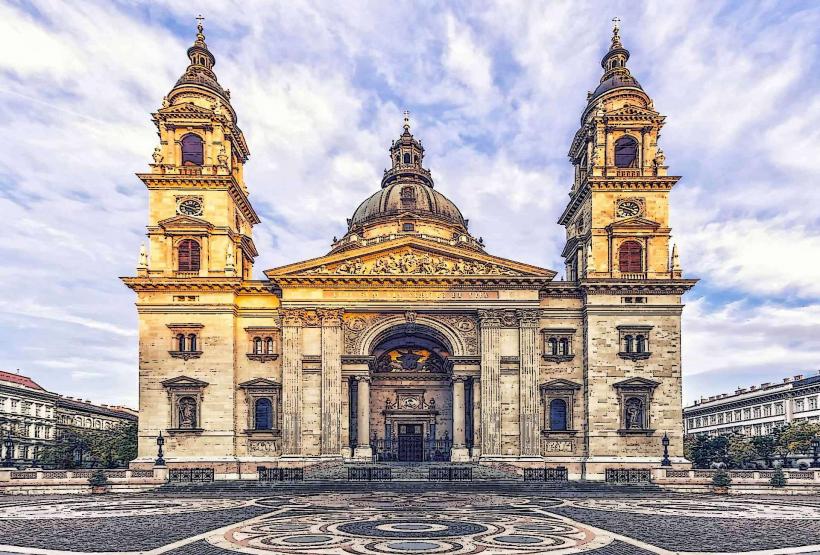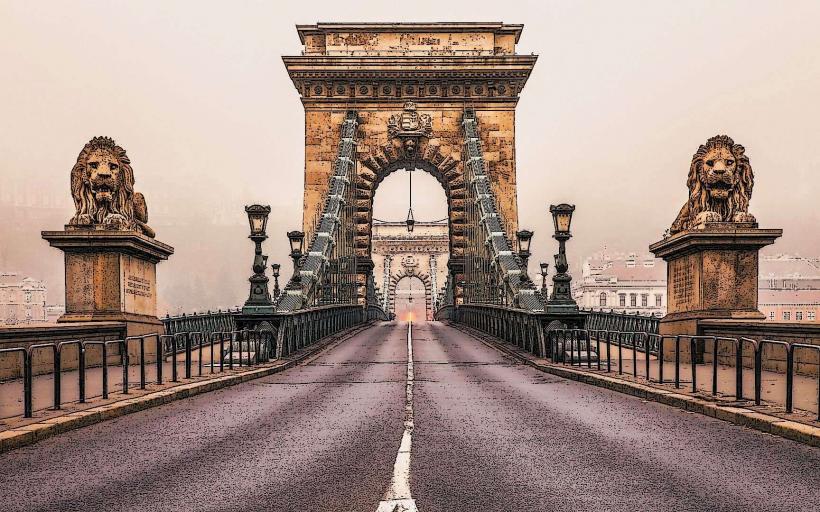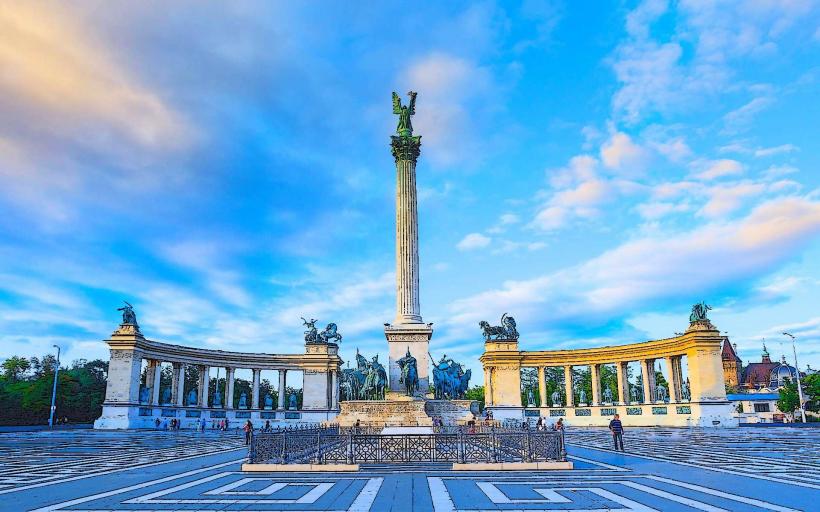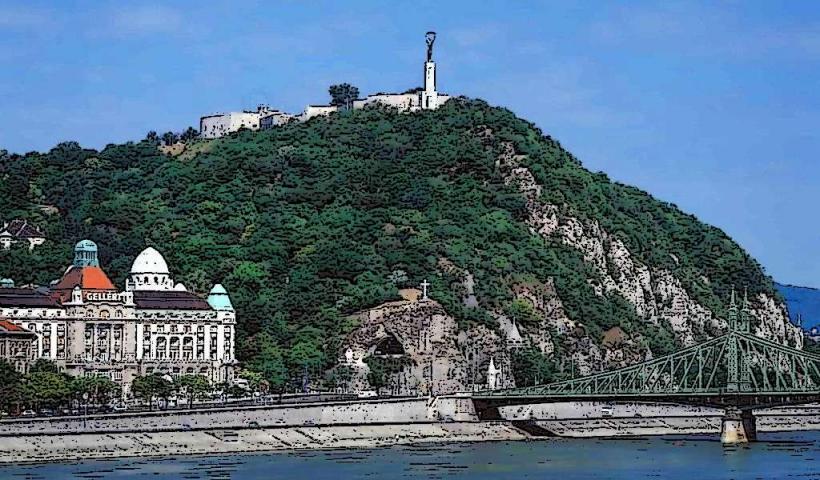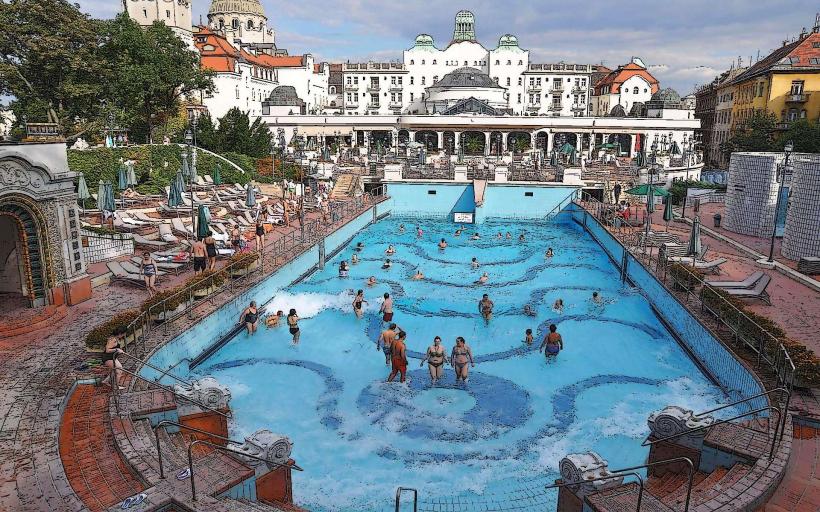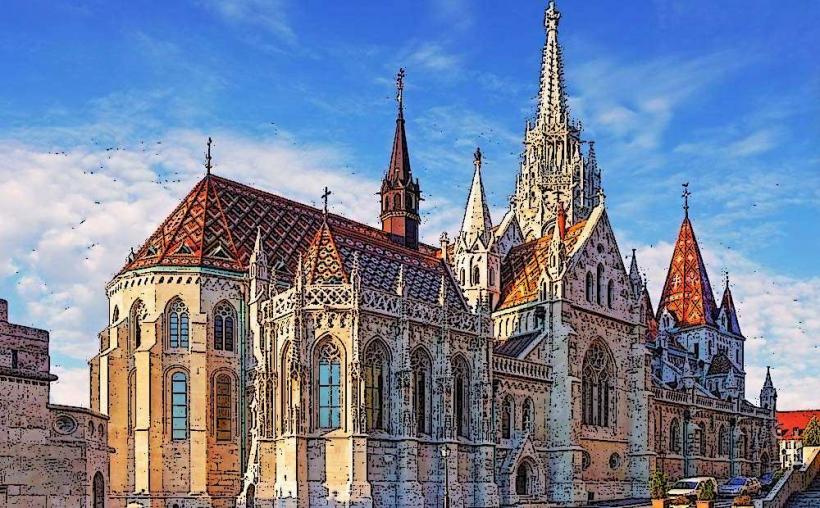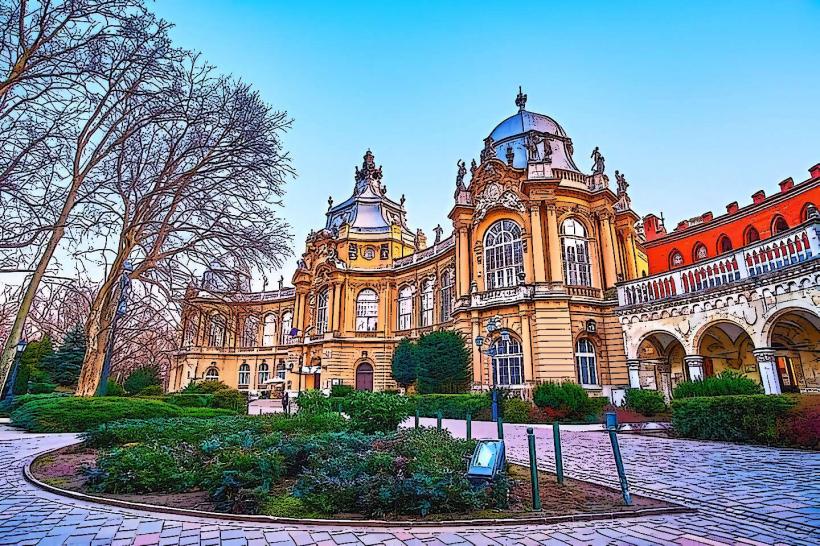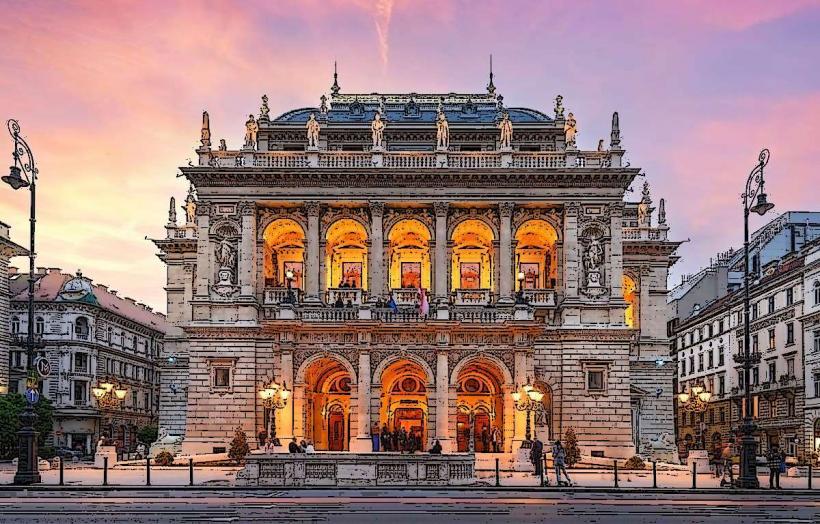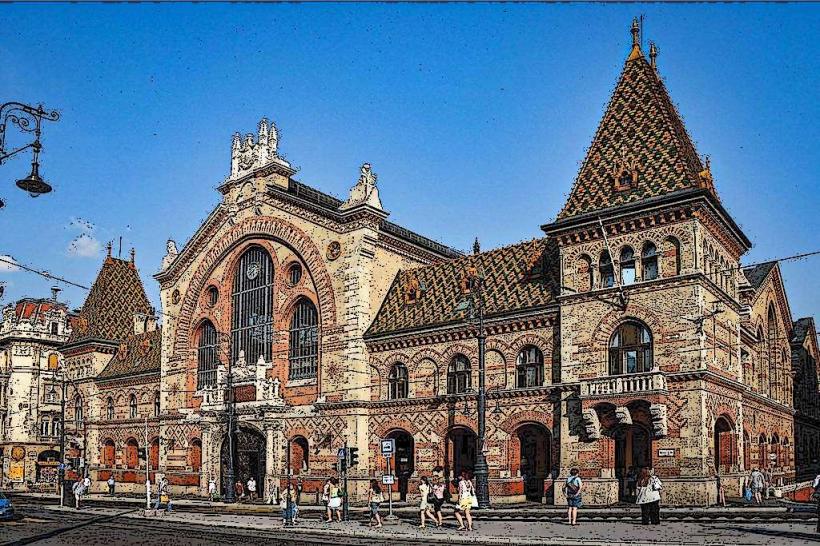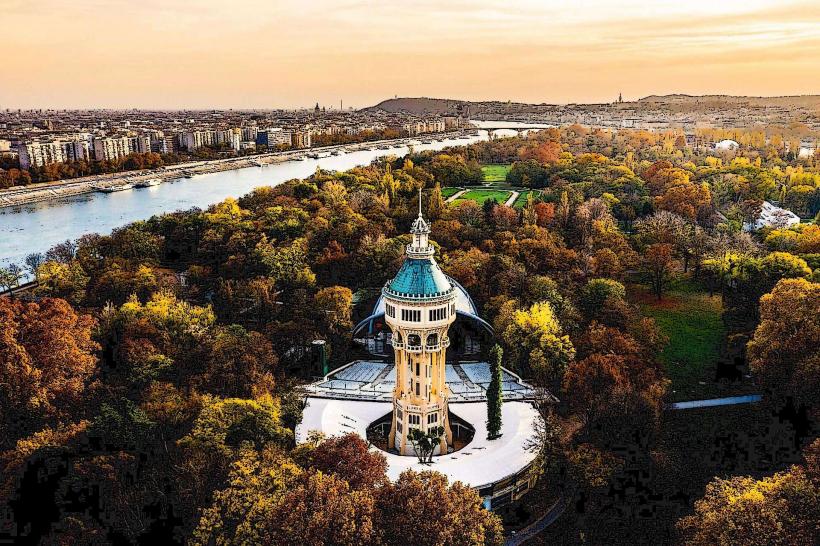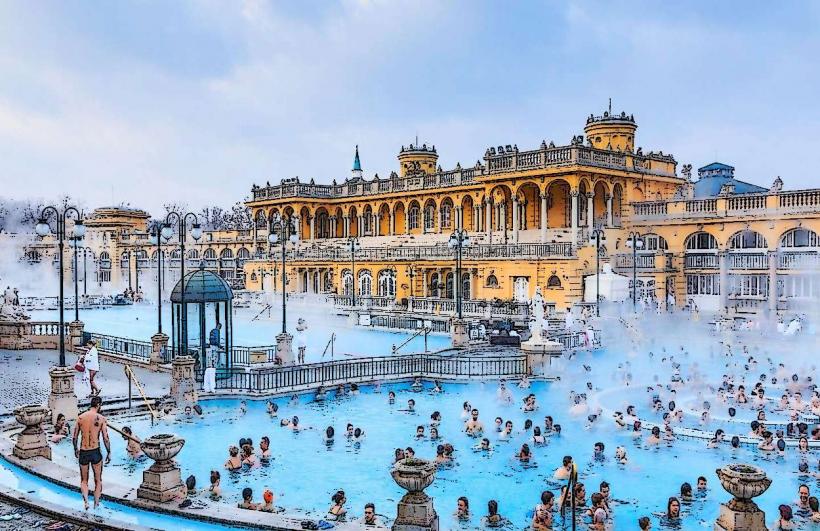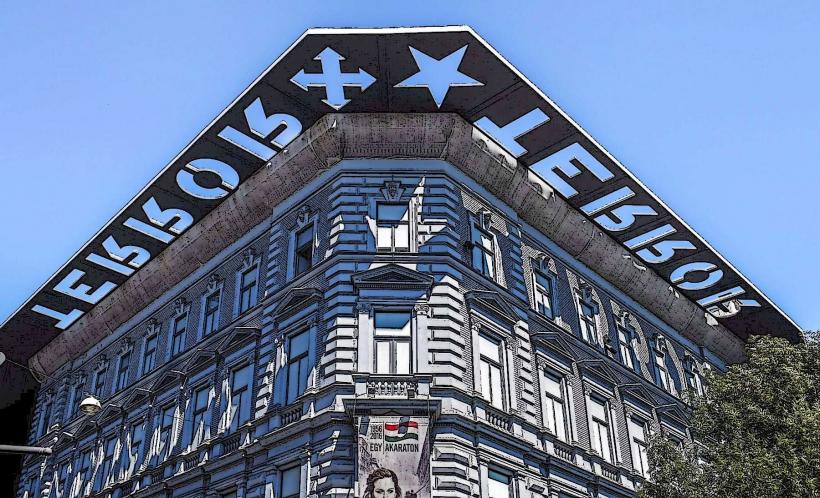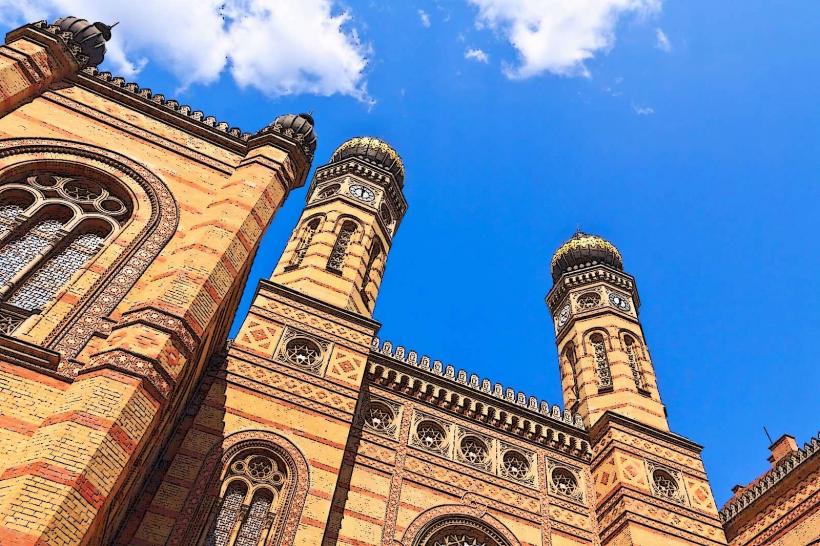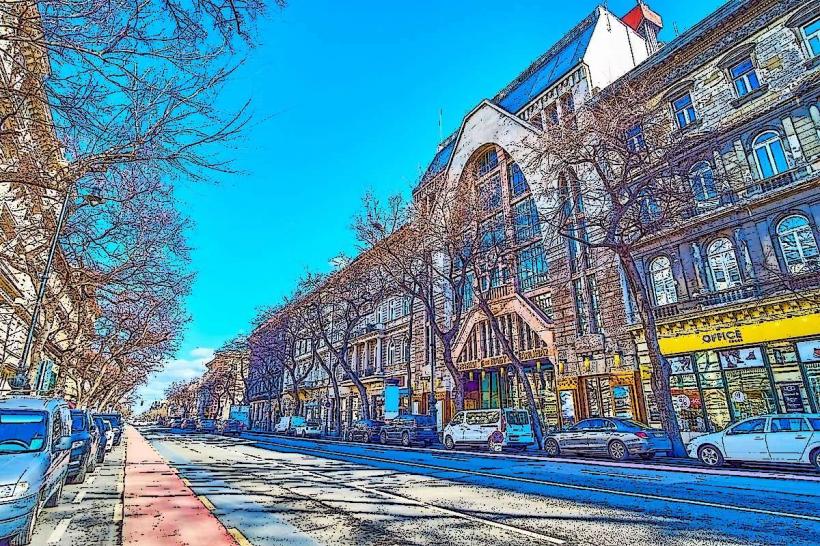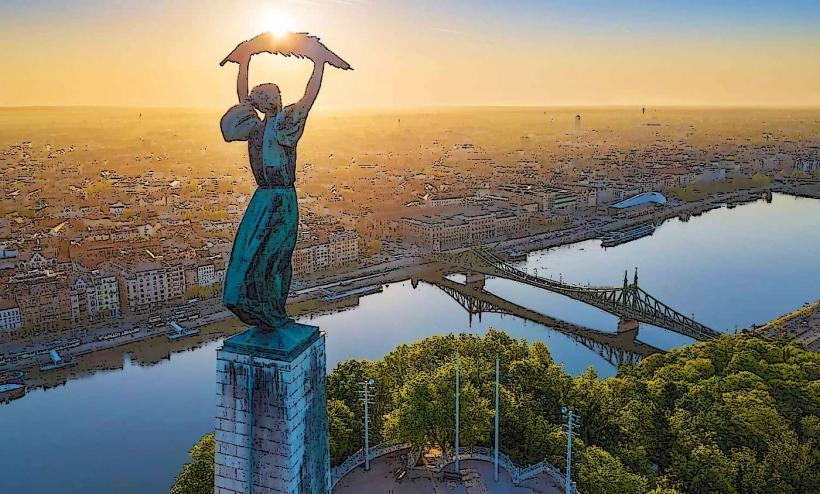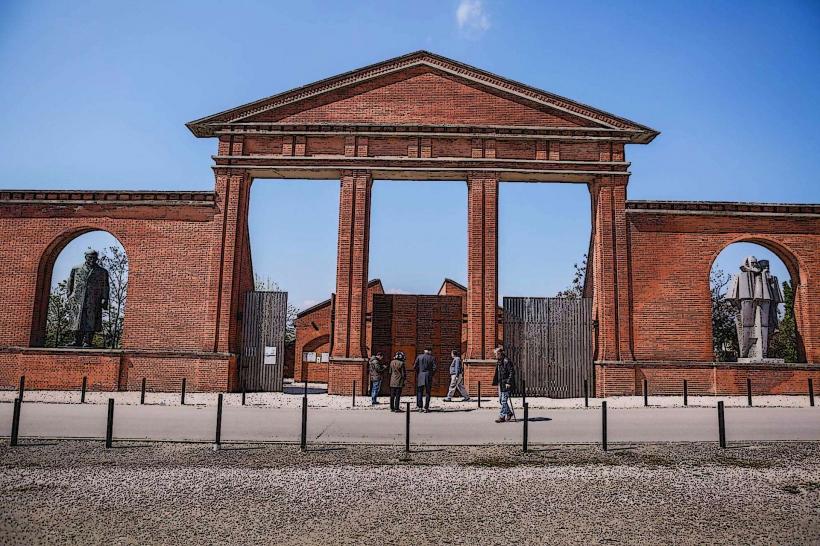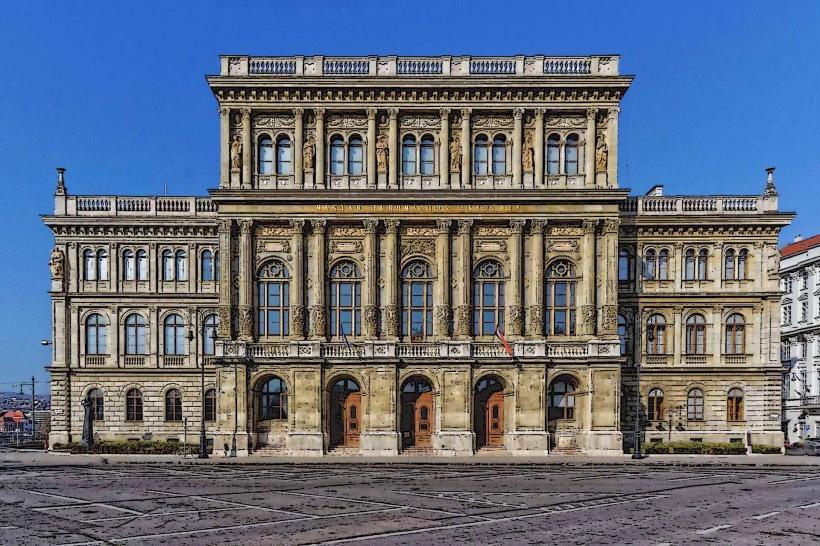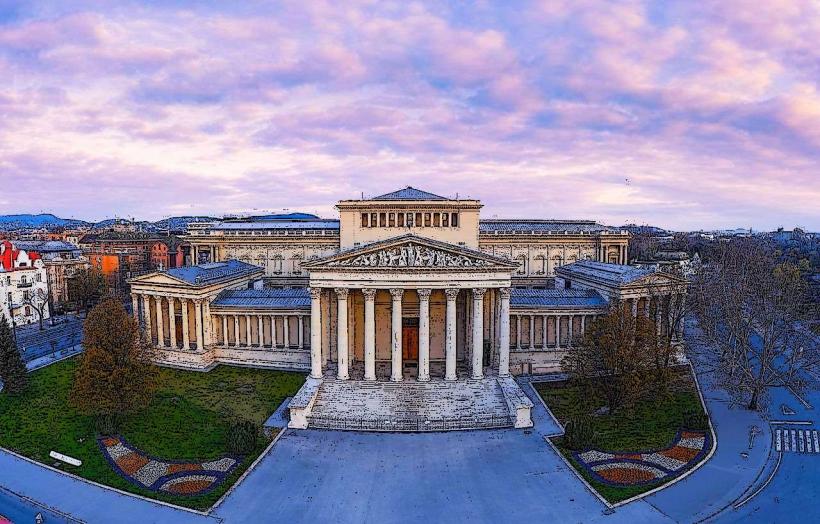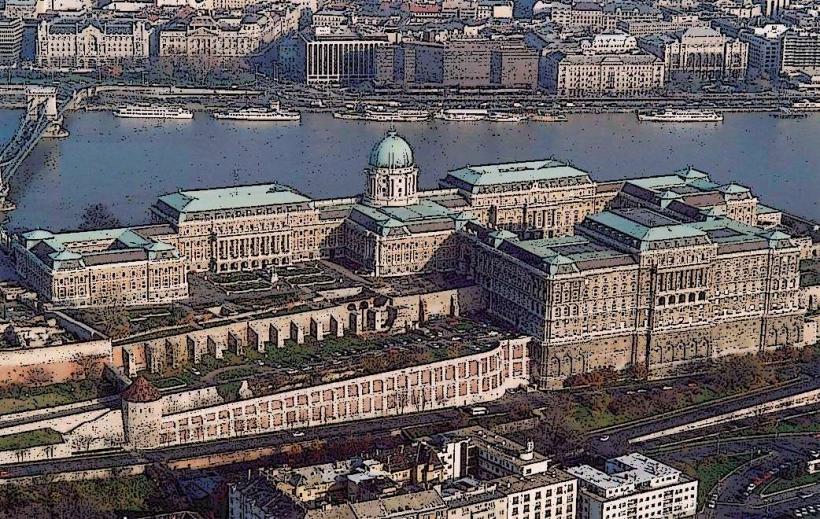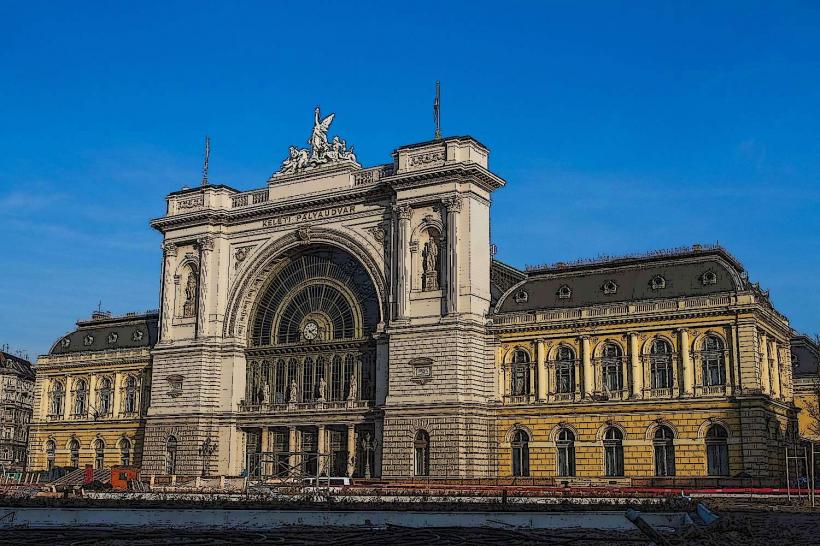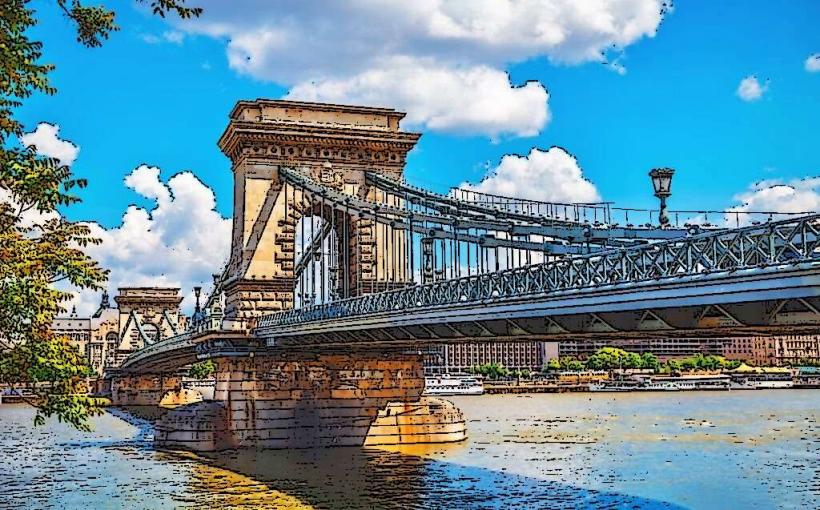Information
Landmark: Hungarian National MuseumCity: Budapest
Country: Hungary
Continent: Europe
The Hungarian National Museum (in Hungarian, Magyar Nemzeti Múzeum) is one of Hungary’s most significant cultural institutions, located in the heart of Budapest on Múzeum körút (Museum Boulevard). It plays a central role in preserving, studying, and showcasing Hungary’s rich history, culture, and heritage.
History and Establishment
Foundation: The museum was founded in 1802 by Count Ferenc Széchényi, a prominent Hungarian aristocrat and bibliophile, who envisioned the creation of an institution to preserve the nation's history and culture. He donated his extensive collection of books, artifacts, and objects to establish the museum, making it the first national museum in Hungary.
Building: The museum's neoclassical building was designed by the architect Miklós Ybl and was completed in 1847. The building is a landmark of Budapest’s Museum Boulevard and is characterized by its imposing front, featuring a grand staircase and columns that reflect classical architectural styles. The building itself is an important historical site, with its architecture symbolizing the Hungarian nation's pride in its cultural heritage.
Exhibitions and Collections
The Hungarian National Museum houses an extensive collection of exhibits that span the entire history of Hungary, from prehistoric times to the modern era. Its collections cover various aspects of Hungarian history, including archaeology, ethnography, numismatics, art, and historical documents.
1. Archaeological Collection
The museum’s archaeological collection is vast, with artifacts from the Stone Age, Bronze Age, and Iron Age, as well as items from the Roman, Medieval, and Ottoman periods. Highlights include:
- Roman Artifacts: The museum has a notable collection of items from the Roman period in Hungary, including statues, pottery, and everyday objects from Roman settlements, especially from Pannonia, the Roman province that covered much of modern-day Hungary.
- Prehistoric and Ancient Artifacts: Objects from early Hungarian history, including tools, jewelry, and religious items, are prominently displayed.
- Medieval Artifacts: The museum houses a variety of medieval weapons, tools, and religious artifacts that offer insights into Hungary's medieval society and culture.
2. Hungarian History Collection
The Hungarian History Collection is dedicated to documenting the historical development of Hungary from the early Middle Ages through the 19th century. The museum’s collection includes:
- Royal Artifacts and Documents: Historical documents, royal portraits, and important state records, including works from Hungarian kings and leaders.
- National Identity and Revolution: Exhibits on Hungary's revolutionary movements, such as the 1848 Revolution, the Hungarian War of Independence, and other major political events that shaped the nation.
- Artifacts from the Habsburg Empire: The museum also displays artifacts from the period of Hungary's rule as part of the Habsburg Empire, illustrating the nation's complex relationship with its imperial rulers.
3. Ethnography
The museum’s ethnographic collection is another highlight, showcasing Hungary’s folk traditions, art, and customs. Items from rural Hungary and various ethnic groups that have historically inhabited the region are featured. The collection includes:
- Folk Costumes and Textiles: Traditional Hungarian garments and textiles, which reflect regional identities.
- Tools and Household Items: Items used in daily life in rural Hungary, such as farming tools, cooking utensils, and handicrafts.
- Religious and Ritual Objects: Artifacts related to folk religious practices, including religious icons, altar pieces, and ritual objects used in Hungarian Christian and folk customs.
4. Numismatics
The museum is also renowned for its numismatic collection, which includes coins, banknotes, and other forms of currency from Hungary and beyond. The numismatic collection offers insights into the economic history of Hungary, from ancient times to the modern era.
- Roman Coins: Examples of ancient Roman currency.
- Hungarian Coins: Coins from the Kingdom of Hungary, the Austro-Hungarian Empire, and the modern Hungarian state.
- Currency and Money: Exhibits that trace the evolution of money in Hungary and its role in the nation’s history.
5. Art Collection
The Hungarian National Museum also has a diverse collection of paintings, sculptures, and graphic works. While its focus is primarily on Hungarian art, it also includes European works that reflect Hungary's place within the broader artistic context.
- Hungarian Painters: The museum displays works by famous Hungarian painters, including Miklós Barabás and Károly Lotz.
- Portraits of Hungarian Royalty and Nobility: Paintings of Hungarian kings, nobles, and historical figures.
- Sculpture and Decorative Arts: The museum features a selection of sculptures, especially from the 19th century, as well as fine decorative arts.
Special Exhibitions and Temporary Displays
In addition to its permanent collections, the Hungarian National Museum hosts temporary exhibitions that cover a wide range of subjects, from contemporary art to international historical events, ensuring the museum remains dynamic and relevant.
Museum’s Role in Hungarian Cultural Life
The Hungarian National Museum is not only a repository of Hungary’s past but also an important institution for national identity. It offers educational programs, research opportunities, and a space for public engagement with Hungary's cultural history. It plays a central role in preserving Hungarian heritage for future generations and is a key institution for anyone looking to understand the historical and cultural evolution of the country.
Visitor Information
- Location: The museum is located on Múzeum körút 14-16, near the Astoria metro station in Budapest, making it easily accessible to visitors.
- Opening Hours: It is typically open every day except for holidays, but it is advisable to check the museum’s official website for specific times and potential closures.
- Admission: The museum charges an entry fee, but there are often discounts for students, seniors, and groups. Special events or temporary exhibitions may have additional charges.
- Facilities: The museum has guided tours, audio guides, and various educational programs for children and adults.
Conclusion
The Hungarian National Museum is a vital cultural institution that provides a comprehensive look at Hungary’s past, offering insights into the development of the nation’s culture, art, and history. Its extensive collections make it a must-visit destination for anyone interested in understanding the rich heritage of Hungary, from its ancient origins to its modern identity.

